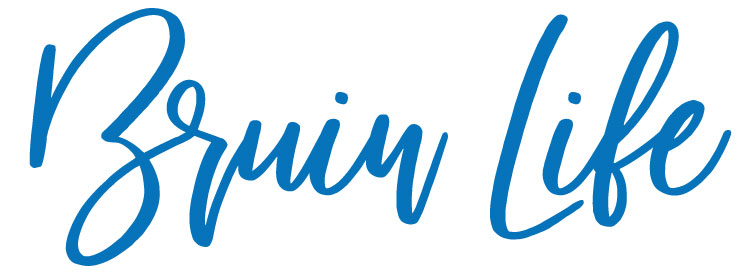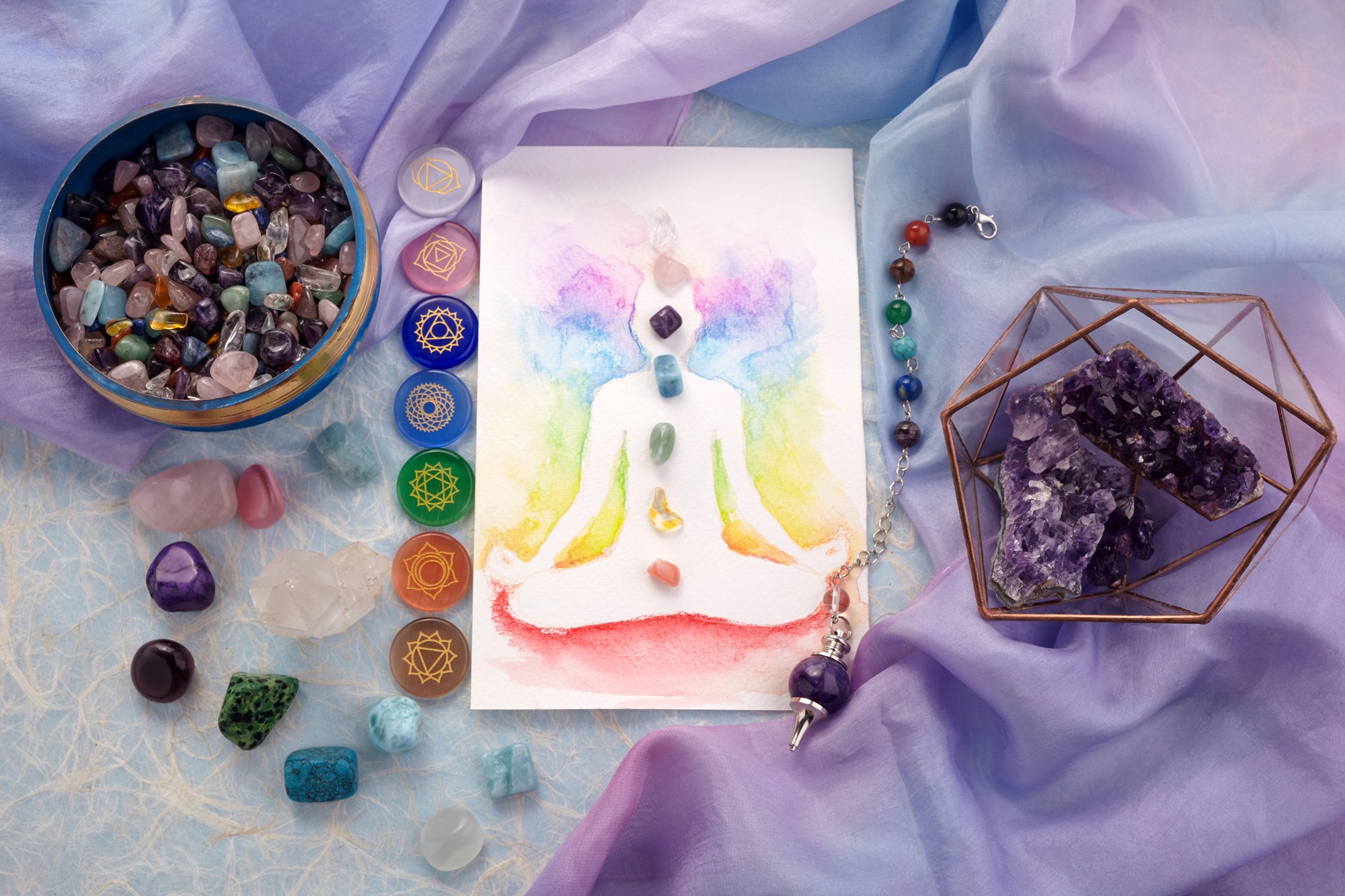The COVID-19 pandemic has drastically affected society in several ways, most notably in the strict limitations — or even closure — of frequented establishments. No longer are students able to sit in lecture halls, businesses able to open their doors to customers at full capacity, or families able to plan vacations beyond the extent of road trips without the burden of health and safety weighing in. Many have been forced to stay indoors for the longest amount of time they have ever experienced. For this reason, mental health in society has been at the forefront of concern, as isolation from peers has severely damaged the opportunity to form meaningful relationships or experiences that have now been confined to online platforms.
In light of the social consequences of quarantine, many have turned to safe, socially-distanced outdoor activities or at-home crafts to occupy their time. The rapid popularization of creative activities — like painting or sewing — and nature- or exercise-related activities — like yoga or hiking — begs the question: What makes these activities so appealing in the first place? Having invested a significant amount of time in these activities myself, I believe a common basis behind the fast dopamine-release they provide is the theory of color and how color plays a major role in mood determination.
The warm tones of red, orange and yellow are often grouped together as colors of general happiness and hope.
The color red is powerful in its ability to evoke polar emotions, from passion and love to anger and danger. As a result, red carries the connotation of intensity, including extreme excitement and euphoric highs or consuming and frustrating lows. Red is not typically seen in everyday life but is instead featured in holidays such as Christmas and Valentine’s Day, offering a loving undertone. Strawberries, cherries and apples are often used as gifts during said holidays and exhibit the same meaning. Red is also seen in health and safety signals like stop signs and hazard labels on chemical substances, signaling danger.
The color orange evokes a strong feeling of energy and enthusiasm, reinforcing youthfulness and joy. It does not carry the same intense connotation as red but rather displays one of balance. Orange is friendly and warm, a color most commonly celebrated in sunrises and sunsets.
The color yellow is perhaps the strongest joy- and happiness-evoking color, directly related to the yellow shades found in daytime sunlight. Yellow elicits a sense of spontaneity and freedom and is often associated with summer, the season of long-lasting sunlight.
Green, blue and purple are known to be cool tones. When you perceive these colors from external sources, they are healing, soothing and comforting. However, when someone feels sadness they will express these same colors, offering a dual function to cool tones.
The color green evokes growth and prosperity, giving the viewer a calming and relaxing feeling. Green, like yellow, is a balanced color and thus not likely to stir up extreme emotions. Green is common to see on a day-to-day basis in nature.
The color blue is arguably the most comforting and reassuring color, the one we see most days in the sky. Blue is associated with feelings of calm and serenity as well as reliability.
The color purple is an ambiguous color, possessing many social symbols rather than emotions. We often see purple in luxurious or wealthy settings, but in general purple will signify safety and security, as well as mystery.
Beyond these fundamental colors come color mixtures and shades. Pastel colors like peach, seafoam green and sky blue give a youthful effect, making you feel more energized and optimistic.
Dark and muted shades, like gray, brown, and dark blue, translate to general sadness in a social context, but can also be used to express confidence or success.
Settings naturally speak to the colors we are exposed to, which makes sense as to why activities like exercising in nature or painting would be popular for escaping quarantine blues. People will use these activities in order to subconsciously induce certain emotions.
The most popular hiking locations are near or in nature reserves such as by the beach, in the mountains or in a park. The underlying commonality between these locations that hikers may not realize are the colors. Assuming it is a sunny day, greens from the plants, bright yellow light from the sunlight, blue skies from above, and warm colored flowers are all associated with emotions of happiness, calm, relaxation, and recharge. Exercising, gardening, hiking, doing yoga and various other outdoor activities are thus methods of free release from the colors offered in nature.
For crafts, colors can be used to even self-create emotions. Using nature scenery as sources of inspiration, we can recreate the emotions of happiness, calm, relaxation, and recharge we would find outdoors without physically having to leave home. Artists have the ability to create and produce any range of emotion from the unlimited spectrum of colors at their fingertips, which is especially important during times when finding sources of intrinsic joy and happiness is especially difficult.
So if you are ever feeling more down than normal — as most of us have experienced at some point during this quarantine — try brightening up your day with a splash of color in nature or in creation.

